Shaw-Hwa Lo
An Interaction-based Convolutional Neural Network (ICNN) Towards Better Understanding of COVID-19 X-ray Images
Jun 13, 2021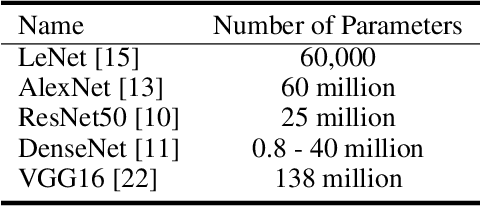
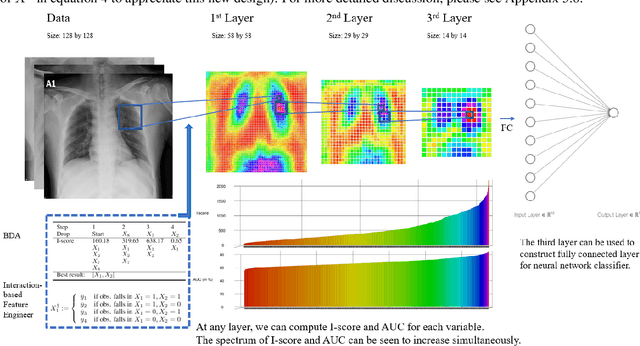

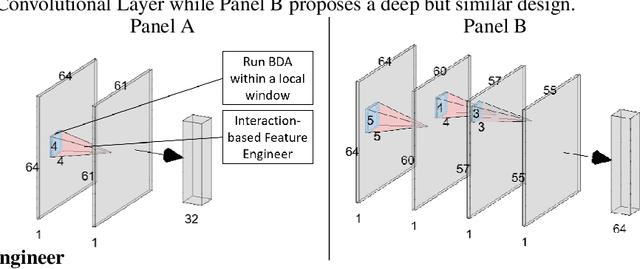
Abstract:The field of Explainable Artificial Intelligence (XAI) aims to build explainable and interpretable machine learning (or deep learning) methods without sacrificing prediction performance. Convolutional Neural Networks (CNNs) have been successful in making predictions, especially in image classification. However, these famous deep learning models use tens of millions of parameters based on a large number of pre-trained filters which have been repurposed from previous data sets. We propose a novel Interaction-based Convolutional Neural Network (ICNN) that does not make assumptions about the relevance of local information. Instead, we use a model-free Influence Score (I-score) to directly extract the influential information from images to form important variable modules. We demonstrate that the proposed method produces state-of-the-art prediction performance of 99.8% on a real-world data set classifying COVID-19 Chest X-ray images without sacrificing the explanatory power of the model. This proposed design can efficiently screen COVID-19 patients before human diagnosis, and will be the benchmark for addressing future XAI problems in large-scale data sets.
A Novel Interaction-based Methodology Towards Explainable AI with Better Understanding of Pneumonia Chest X-ray Images
Apr 19, 2021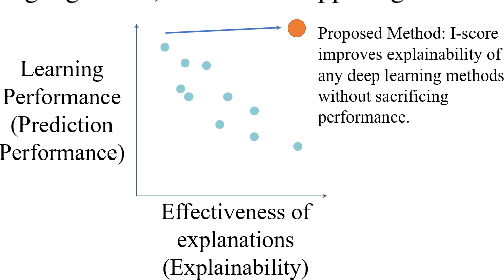

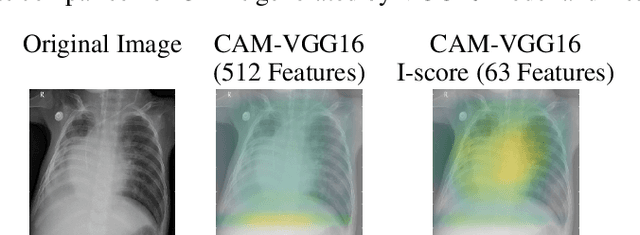

Abstract:In the field of eXplainable AI (XAI), robust ``blackbox'' algorithms such as Convolutional Neural Networks (CNNs) are known for making high prediction performance. However, the ability to explain and interpret these algorithms still require innovation in the understanding of influential and, more importantly, explainable features that directly or indirectly impact the performance of predictivity. A number of methods existing in literature focus on visualization techniques but the concepts of explainability and interpretability still require rigorous definition. In view of the above needs, this paper proposes an interaction-based methodology -- Influence Score (I-score) -- to screen out the noisy and non-informative variables in the images hence it nourishes an environment with explainable and interpretable features that are directly associated to feature predictivity. We apply the proposed method on a real world application in Pneumonia Chest X-ray Image data set and produced state-of-the-art results. We demonstrate how to apply the proposed approach for more general big data problems by improving the explainability and interpretability without sacrificing the prediction performance. The contribution of this paper opens a novel angle that moves the community closer to the future pipelines of XAI problems.
 Add to Chrome
Add to Chrome Add to Firefox
Add to Firefox Add to Edge
Add to Edge